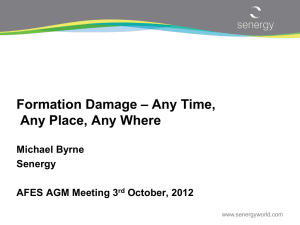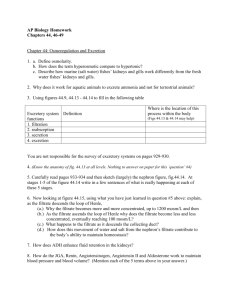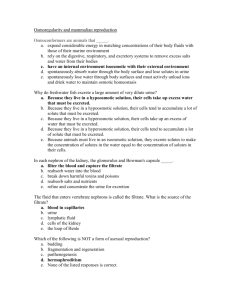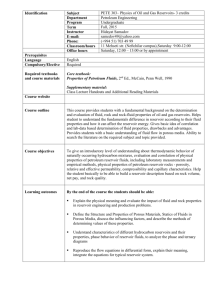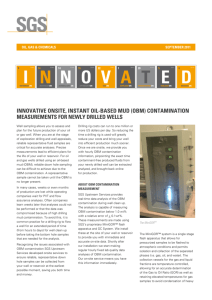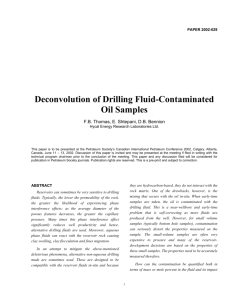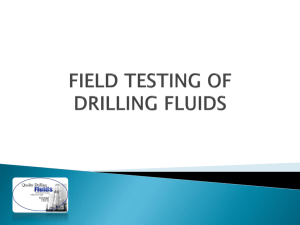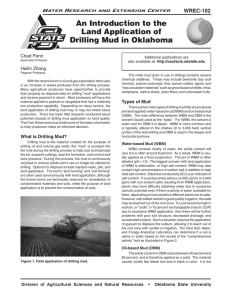quantification of oil based mud filtrate in contaminated reservoir fluid
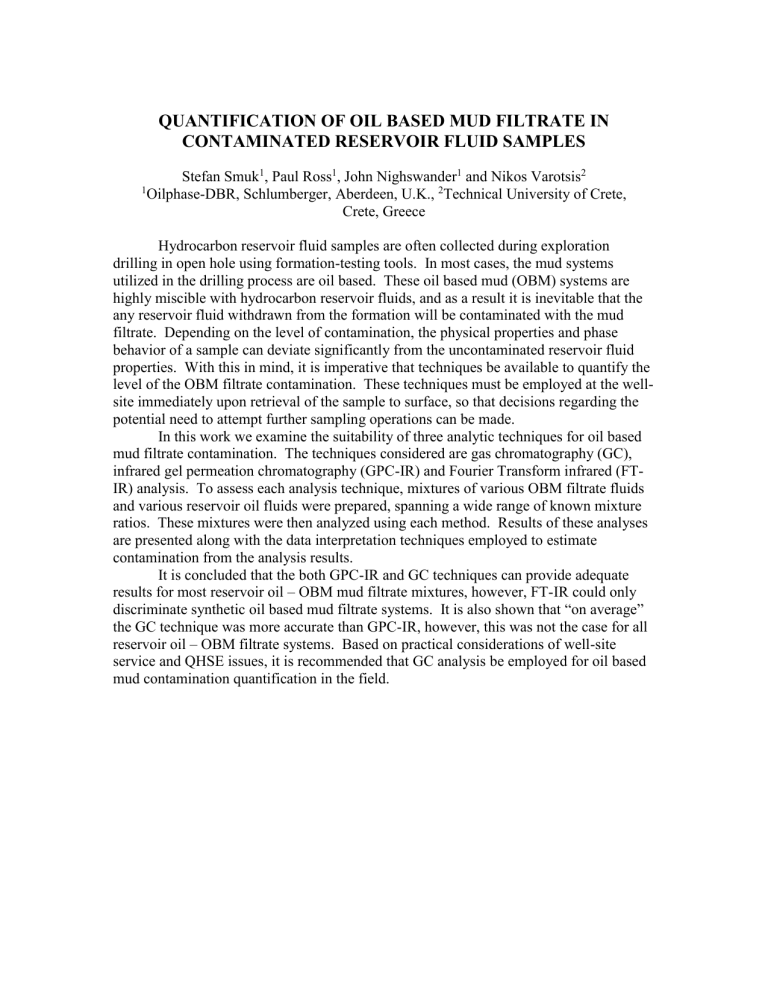
QUANTIFICATION OF OIL BASED MUD FILTRATE IN
CONTAMINATED RESERVOIR FLUID SAMPLES
Stefan Smuk
1
, Paul Ross
1
, John Nighswander
1
and Nikos Varotsis
2
1
Oilphase-DBR, Schlumberger, Aberdeen, U.K.,
2
Technical University of Crete,
Crete, Greece
Hydrocarbon reservoir fluid samples are often collected during exploration drilling in open hole using formation-testing tools. In most cases, the mud systems utilized in the drilling process are oil based. These oil based mud (OBM) systems are highly miscible with hydrocarbon reservoir fluids, and as a result it is inevitable that the any reservoir fluid withdrawn from the formation will be contaminated with the mud filtrate. Depending on the level of contamination, the physical properties and phase behavior of a sample can deviate significantly from the uncontaminated reservoir fluid properties. With this in mind, it is imperative that techniques be available to quantify the level of the OBM filtrate contamination. These techniques must be employed at the wellsite immediately upon retrieval of the sample to surface, so that decisions regarding the potential need to attempt further sampling operations can be made.
In this work we examine the suitability of three analytic techniques for oil based mud filtrate contamination. The techniques considered are gas chromatography (GC), infrared gel permeation chromatography (GPC-IR) and Fourier Transform infrared (FT-
IR) analysis. To assess each analysis technique, mixtures of various OBM filtrate fluids and various reservoir oil fluids were prepared, spanning a wide range of known mixture ratios. These mixtures were then analyzed using each method. Results of these analyses are presented along with the data interpretation techniques employed to estimate contamination from the analysis results.
It is concluded that the both GPC-IR and GC techniques can provide adequate results for most reservoir oil – OBM mud filtrate mixtures, however, FT-IR could only discriminate synthetic oil based mud filtrate systems. It is also shown that “on average” the GC technique was more accurate than GPC-IR, however, this was not the case for all reservoir oil – OBM filtrate systems. Based on practical considerations of well-site service and QHSE issues, it is recommended that GC analysis be employed for oil based mud contamination quantification in the field.
